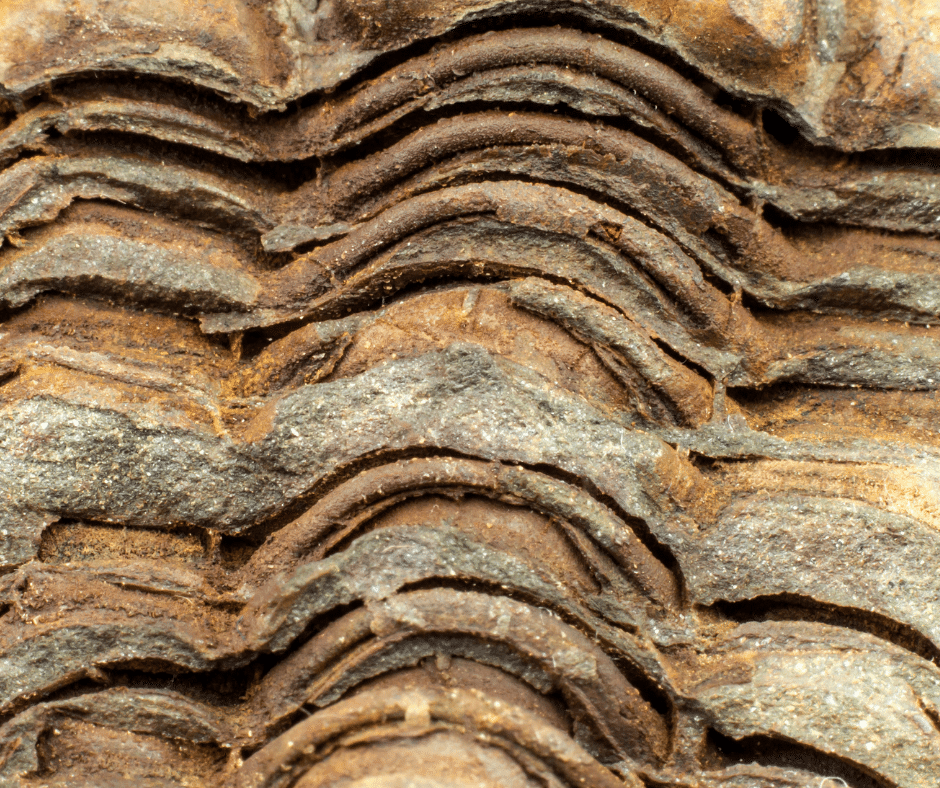The following are the latest fossils we’ve found in the heart of New York City. Paleontologists and other scientists believe they date back to the late Eocene Epoch, some 40 million years ago.
Here are some interesting facts about what these fossils actually consist of:

-One (1) fossilized human handprint -One (1) fossilized human footprint -One (1) impression of a left human buttock
We know now that there is probably no way to accurately determine whose hand and butt these prints belonged to. The handprint could have been from an adult, or it could have been a child’s handprints. The same goes for the footprint. Also, the fact remains that we don’t know what gender these individuals were.
The buttock impression may hold more clues to who it was that left this print behind. The shape of the left buttock suggests it could have been an adult female who left the impression, but a closer look at the mark shows something far more interesting.

It is a perfect imprint of the crack in the woman’s buttock. This might imply that whoever left this print was actually sitting on something and not standing up, but we can’t be sure because of the lack of evidence.
The handprint appears to belong to a child or perhaps even an infant as it is much smaller than the footprint and the buttock. This could mean that whoever left these prints was crouching low to the ground, perhaps hiding?
All three of these fossils are currently being held securely in a display case at the American Museum of Natural History.

How Everyday People Find Fossils
Fossils are found by people who go out and look for them. People who love fossils and love to find new ones are called paleontologists. They have training in what fossils are and they know how to recognize them when they come across one. Sometimes a fossil is discovered by accident, but most of the time it takes luck, hard work, and knowledge to find a new fossil.
People who have found important fossils are called paleontologists. They take care of the bones or other things the fossil is made from so they can study them in detail. A person who has found an important fossil may get their name written on it like Mary Anning did when she discovered an important fossil of an ichthyosaurus in 1811.
Fossils are sometimes found by accident, but more often they are discovered by people looking for them. People who look for fossils are called collectors, amateur paleontologists, or just plain old fossil hunters.
